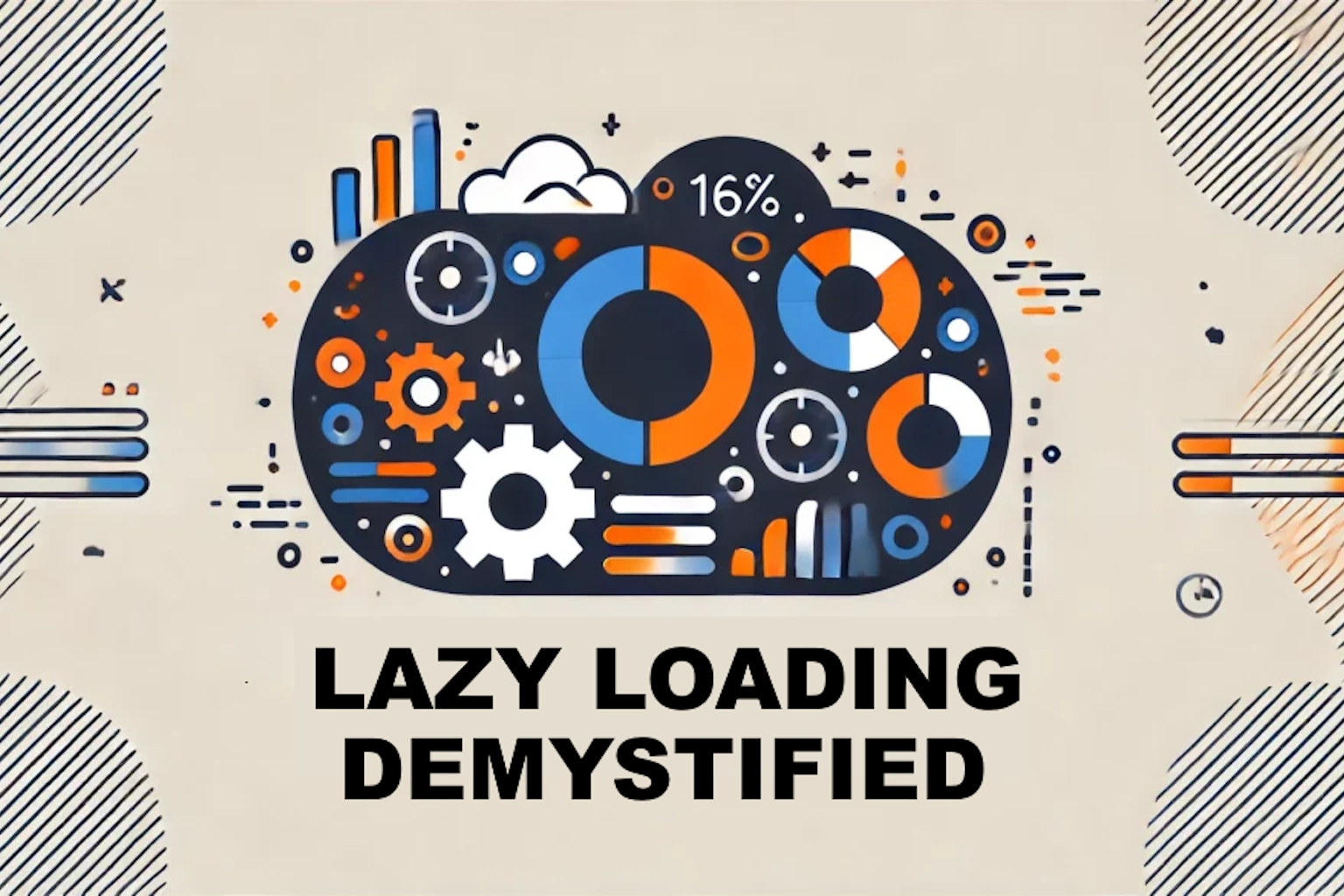Understanding Lazy Loading and Its SEO Impact
Modern websites are filled with images, videos, and other media that can slow down performance if everything loads at once. Lazy loading is a smart technique that helps optimize page speed by only loading elements when users actually need them.
This approach improves both user experience and Core Web Vitals, but it’s important to use it correctly — especially if you care about how your site performs in Google Search.
What Is Lazy Loading?
Lazy loading delays the loading of non-critical resources such as images, iframes, or videos until they are visible on the user’s screen.
For example:
-
When a visitor first opens a page, only the images above the fold load.
-
As the user scrolls down, additional images and videos appear as needed.
This saves bandwidth, reduces CPU usage, and improves page loading time — especially on mobile devices.
Why Lazy Loading Matters
The main goal is performance. By loading only what’s necessary, you:
-
Reduce page weight and initial load time.
-
Save battery and data for mobile users.
-
Improve Core Web Vitals like Largest Contentful Paint (LCP) and First Input Delay (FID).
However, improper implementation can lead to missing content, broken images, or even SEO issues if Google can’t access lazy-loaded elements.
When Not to Use Lazy Loading
While lazy loading improves performance, it should not be applied everywhere.
Avoid lazy loading for:
-
Hero images or banner images at the top of your page.
-
Critical above-the-fold visuals that should appear instantly.
If these are delayed, users may experience layout shifts or blank areas, leading to a poor experience and lower LCP scores.



